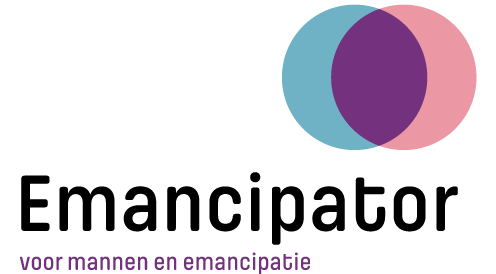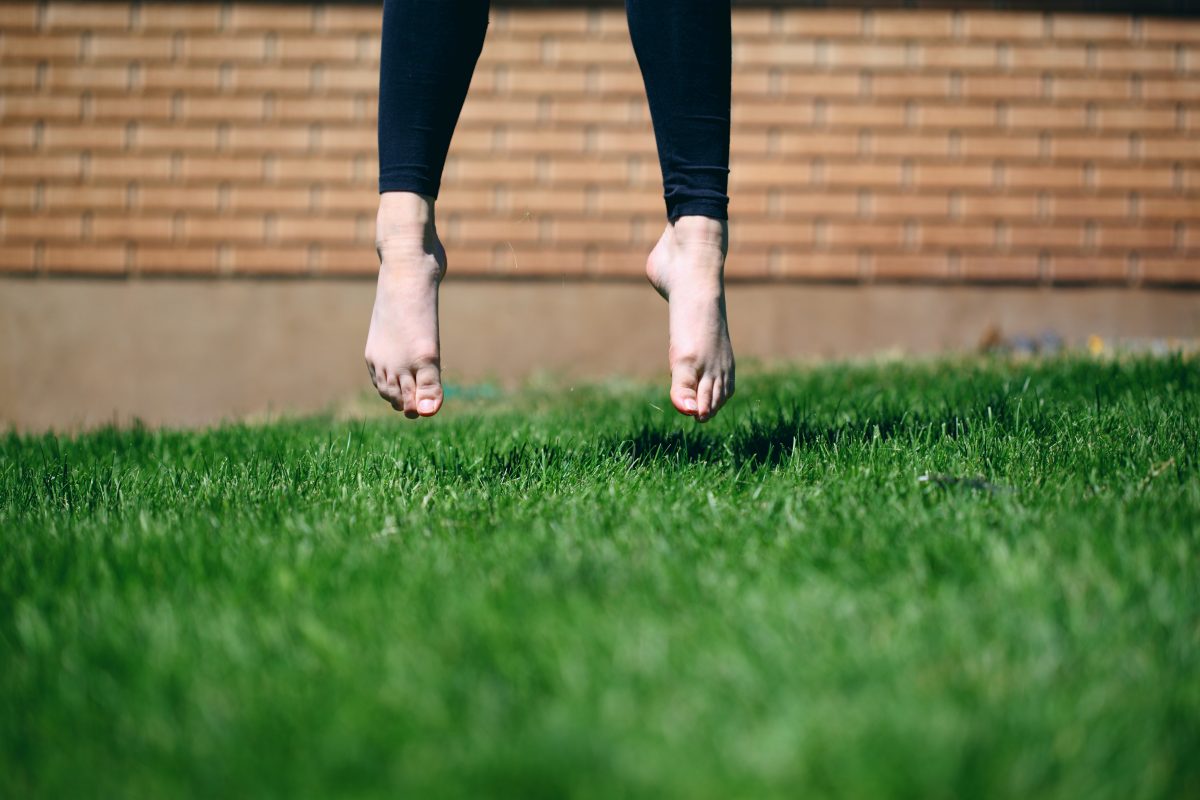De International Men And Gender Equality Survey (IMAGES)
Emancipator is working on an IMAGES report based on existing research on men and the various IMAGES topics. The report will be published in the summer of 2021.
We also hope to conduct a Dutch version of IMAGES. We are seeking cooperation with possible partners. Interested, more information, want to stay informed? Please contact Hannah.
Indispensable tool for greater insight and better interventions
In recent years, more and more attention has been paid to the role of men and masculinity in all kinds of problems. This applies both to the problems men experience – such as unemployment, poorer mental and physical health, drug abuse, over-representation in suicide rates – and to the problems they cause – such as sexually aggressive behaviour, violence, crime, the pay gap. And it applies to both personal and social problems.
However, all research into these and other problems often lacks an all-encompassing analysis that shows where these problems come from and, above all, how they are all interlinked. Many issues can be traced back to the existing norms and expectations about men and masculinity: it is not men themselves who are at the root of these problems but the way they have been taught to be men.
But that only becomes visible when those problems are seen in context. Without that gendered context, it seems like they are incidental and personal issues. Men and men’s experiences are often taken as a neutral starting point and considered the norm: it is much easier to see that – and how – women’s lives are affected by gender; it disappears from view that men’s lives and experiences are also enormously gendered.
IMAGES: International Men And Gender Equality Survey
It is precisely these gendered experiences of men that have been studied for years by IMAGES: the International Men And Gender Equality Survey, an international comparative study of men coordinated by the international organisation Equimundo.
Since 2009, IMAGES has been conducted in almost 30 countries: from Azerbaijan to Nicaragua and from Rwanda to Serbia. In-depth interviews question men on a huge range of topics that together give a broad picture of their experiences with being a man in this world, and women are asked about their perspective on it.
The strength of IMAGES lies in the form of the interviews: at least three quarters of an hour of intensive conversation with a representative part of the population, often thousands of men – the IMAGES study in the Middle East and North Africa, for example, had almost ten thousand respondents. As a result, IMAGES provides an enormous wealth of data, both qualitatively and quantitatively.
Topics
IMAGES asks about the families in which men grew up, the role and place of their fathers in it, the domestic tasks of their parents and what they had to do or learned in it;
Childhood experiences with violence, forced sexual acts, corporal punishment at home and at school, and alcohol and drugs;
Their own partner(s) and the division of tasks in their own family, who makes decisions about what, how satisfied they are with their relationship and the division of tasks within it;
Whether they were present at the birth of their child(ren), whether they took leave afterwards and how much, whether they went to medical appointments with their partner during the pregnancy, how they see their role as a father and how they fulfil that role in practice;
About sexuality and sexual experiences, attitudes towards contraception, abortion, homosexuality, and experiences with paid sex;
About experiences as a perpetrator of violence, threat, rape, gang rape, and as a victim of violence or threat;
Whether they are satisfied with their own physical and mental health, whether they suffer from depression, feel lost, suffer from stress or tension, whether and how often they visit a doctor for e.g. a prostate examination or HIV-test, whether they smoke, drink, use drugs and how often;
What they think about gender equality, whether they are aware of laws and campaigns about it.
In specific countries and contexts, additional questions are added, in Bosnia, Serbia, Kosovo, Congo for example about respondents’ experiences in the war there, in East Africa there is a greater focus on HIV, in Brazil there is a focus on gang violence.
Above all, IMAGES gives a picture of the combination and coherence between all those topics and experiences: in this way, the experiences of men are placed in context and gendered. The IMAGES reports give a comprehensive picture of the lived reality of men, and show that all aspects of their lives are gendered.
Research results
The questionnaires show first and foremost that when gender norms are broadened, boys and men benefit and so do the women around them. One of the main conclusions from ten years of IMAGES is that the more men support gender equality, the better their quality of life is. IMAGES thus demonstrates the importance of involving and including men in the feminist struggle towards greater gender equality.
In all countries where IMAGES was conducted, there appear to be similar mechanisms at the heart of men’s experiences – and this finding also resonates with Emancipator’s experiences in the Netherlands and with international partners in Europe and beyond. The way in which these are expressed varies from country to country, culture to context, but the problems men experience are basically the same all over the world. After all, men’s norms and expectations are also basically the same everywhere.
It is therefore to be expected that this basis will also be the same in the Netherlands. But the precise way in which it is expressed is unique. We would like to know what the details are here and what the connection is, so that we can use these insights to work on appropriate interventions and policies to improve the lives of boys and men in the Netherlands, and the lives of the people around them.
Consequences: policy and interventions
IMAGES provides concrete tools for policy and interventions. The results of IMAGES have been – and are being – used to make policy makers and programme planners realise how essential it is to look at men and the problems they experience and cause from a gendered perspective, and to integrate this perspective on masculinity into all policies.
In Brazil, IMAGES has inspired initiatives on men’s health, in Chile the Ministry of Health has launched a project to encourage men to be involved in the birth of their children, in Croatia more progressive policies on sex education are being developed, and in Congo-Kinshasa projects have been launched that work with men to prevent sexual and gender-based violence.
Axe deodorant brand has also drawn inspiration from the IMAGES results. AXE has long been known for their ads in which men were besieged by hordes of bikini-clad women after using AXE. However, in 2017 they launched their new campaign “Is it ok for guys…” in which they showcase men’s insecurities (read more: AXE’s brand manager about their new campaign).
IMAGES in the Netherlands
IMAGES has not yet been implemented in the Netherlands. As part of the campaign ‘Vader Zoekt Verlof’ (Father seeks Paternity leave), also initiated by Emancipator, Rutgers (centre of expertise on sexual and reproductive health and rights) has, with the support of the Bernard van Leer Foundation, carried out a part of the IMAGES questionnaire to gather strategic input for the lobby for extending paternity leave (read more here). The results showed, among other things, that there is strong support for extending partner leave and promoting involved fatherhood. This valuable study immediately shows what useful insights a full IMAGES could provide.
Many of the subjects on which IMAGES questions men have already been studied in the Netherlands: experiences as perpetrators or victims of violence, the division of tasks within the home, sexuality and sexual experiences, physical and mental health, substance use. Indirectly or indirectly, therefore, it is possible to say something about the Dutch situation with regard to all the subjects that IMAGES deals with. But in these separate studies, these subjects are dealt with individually, which makes the problems outlined seem individual and incidental.
It is only in context that it becomes clear how all these problems are interrelated and gendered, and that a clear picture emerges of the underlying problem and its urgency. Moreover, it will become clear that men’s emancipation is a solution for all those at first sight separate problems and can contribute to a higher quality of life for men and the people around them.
Conclusion
In the Netherlands, more attention needs to be paid to the gendered problems of men and masculinity – the problems men experience and cause because of their masculinity. IMAGES is an indispensable tool for this. Such an overarching study provides insight into the daily practice of manhood in the Netherlands and can serve as a starting point for interventions and policies that directly contribute to a better quality of life for men in the Netherlands and the people around them.



